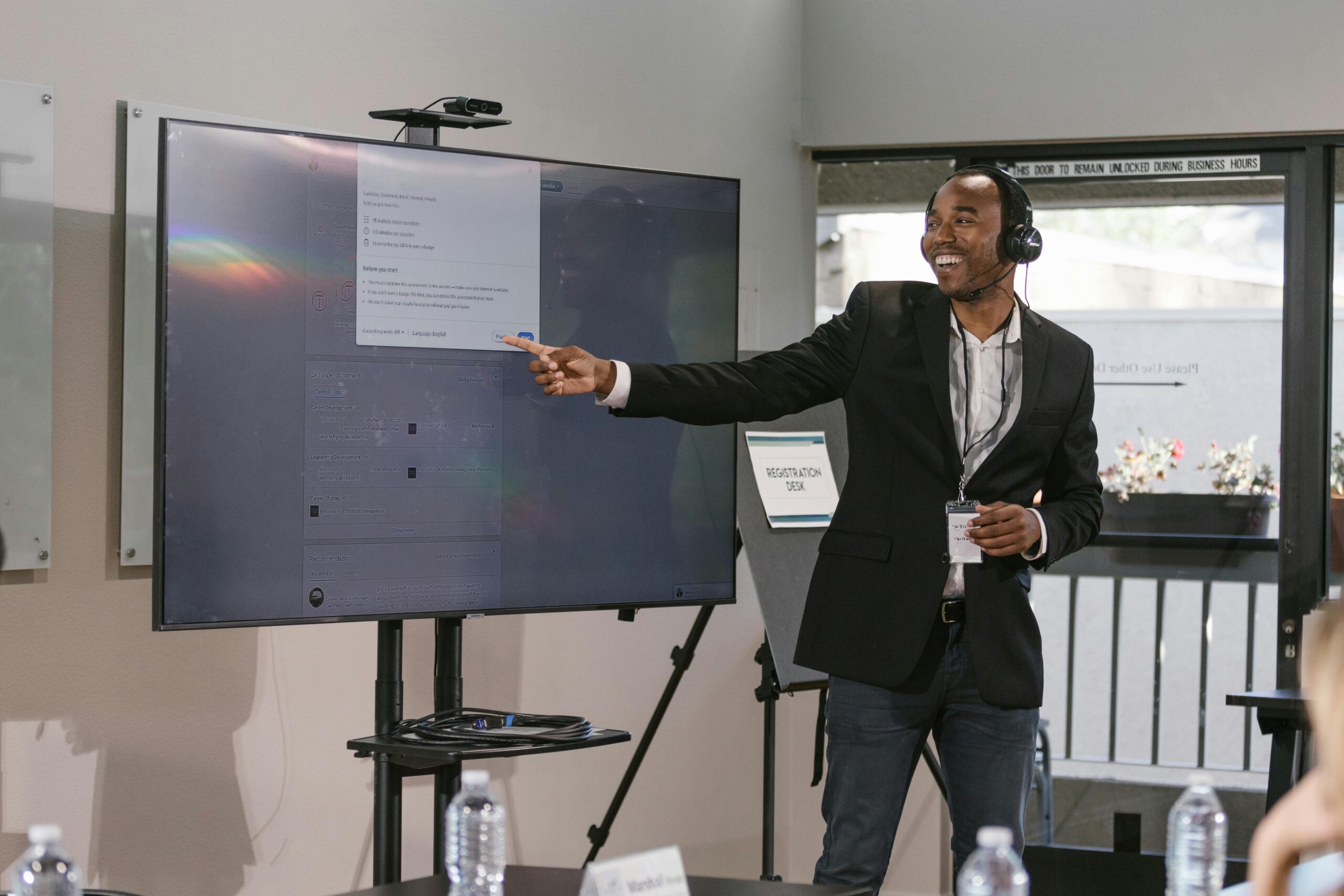In the quest to create effective learning environments, assessment plays a pivotal role. Traditional methods like tests and quizzes are often used to gauge knowledge, but they fall short in evaluating the application of skills in real-world scenarios. Enter observational assessment—a method that enables educators and trainers to see learners in action and evaluate their performance in context. This approach not only measures what learners know but also how they apply that knowledge in practical situations. Let’s explore the essence of observational assessment, its benefits, challenges, and the role of technology in enhancing this powerful evaluation method.
What is Observational Assessment?
Observational assessment is a method of evaluating learners by observing them as they perform tasks in real-time. Unlike traditional assessments that rely on written or multiple-choice questions, observational assessment focuses on watching learners in action. This can include anything from clinical settings where medical students perform procedures to classrooms where students present projects or job simulations where employees demonstrate their skills. By observing learners in authentic situations, educators can gain a more comprehensive understanding of their abilities, strengths, and areas for improvement.
Key Differences from Traditional Assessments
Traditional assessments, such as tests and quizzes, are designed to measure theoretical knowledge. They often fall short in evaluating practical application and soft skills. Observational assessments, on the other hand, provide insights into how learners use their knowledge in real-life contexts. For example, a written test may assess a nurse’s knowledge of patient care protocols, but an observational assessment would evaluate how well the nurse implements those protocols during a patient interaction.
Real-World Examples of Observational Assessments
Observational assessments are widely used in various settings. In clinical environments, medical students are often assessed on their bedside manner and procedural skills. In educational settings, teachers may observe students during group projects to evaluate teamwork and collaboration. In corporate training, employees may be observed during simulations to assess their problem-solving and decision-making abilities. These examples illustrate the versatility and effectiveness of observational assessment in different contexts.
Key Advantages of Observational Assessment
Observational assessment offers several advantages over traditional evaluation methods. By capturing a holistic view of learner performance, it provides a more accurate measure of competence.
Holistic Evaluation
One of the primary benefits of observational assessment is its ability to provide a holistic evaluation. This approach captures not only the practical application of knowledge but also problem-solving and interpersonal skills. By observing learners in action, educators can assess a wide range of competencies that are often missed in traditional assessments. This comprehensive evaluation ensures that learners are not only knowledgeable but also capable of applying their knowledge effectively.
Real-Time Feedback
Another significant advantage is the opportunity for real-time feedback. Observational assessment allows educators to provide immediate feedback, enabling learners to make adjustments and improvements on the spot. This timely feedback is crucial for reinforcing learning outcomes and promoting continuous improvement. It also helps learners understand their strengths and areas for growth, leading to more targeted and effective learning experiences.
Contextual Learning
Observational assessments reflect how learners perform in authentic situations, providing a more accurate measure of competence. By evaluating learners in real-world contexts, educators can gain insights into how well learners can transfer and apply their knowledge and skills. This contextual learning approach ensures that learners are better prepared for real-life challenges and responsibilities.
Behavioral Insights
Traditional assessments often fail to capture soft skills such as teamwork, communication, and leadership. Observational assessments, however, provide valuable behavioral insights by evaluating how learners interact with others and handle various situations. These insights are critical for developing well-rounded individuals who can thrive in collaborative and dynamic environments.
Challenges and Solutions
While observational assessments offer numerous benefits, they also present certain challenges. These challenges include the time-intensive nature of observations, the potential for subjectivity, and the need for consistency.
Time-Intensive Nature
One of the main challenges of observational assessment is the time required to conduct thorough observations. Educators must dedicate significant time to observe each learner, which can be challenging in busy educational or training environments. However, this challenge can be mitigated by using efficient observation tools and strategies, such as video recordings and scheduling dedicated observation periods.
Subjectivity and Consistency
Observational assessments can be subjective, as different observers may have different interpretations of learner performance. To address this challenge, educators can use standardized rubrics and criteria to ensure consistency and fairness in evaluations. Peer assessments and multiple observers can also help reduce bias and enhance the reliability of observational assessments.
Leveraging Technology
Technology can play a crucial role in overcoming the challenges of observational assessment. AI-driven tools and video-based platforms can streamline the observation process and provide detailed feedback. These technologies enhance the efficiency, accuracy, and scalability of observational assessments, making them more accessible and manageable for educators and trainers.
The Role of Technology in Observational Assessment
Technology is transforming the landscape of observational assessment, making it more efficient and effective. From video recordings to AI-driven analytics, technology offers innovative solutions to enhance the assessment process.
Video-Based Platforms
Video-based platforms, such as Bongo, enable educators to record and review learner performances. These platforms provide a convenient way to conduct and revisit observations, ensuring that no critical details are missed. Video recordings allow for scalability, while also allowing learners to self-assess and reflect on their performance, promoting self-directed learning and improvement.
AI-Driven Analytics
AI-driven tools offer powerful analytics capabilities that can enhance observational assessments. These tools can analyze learner behaviors, provide detailed feedback, and identify patterns and trends. By leveraging AI, educators can gain deeper insights into learner performance and make data-driven decisions to support their development.
Supporting Virtual and Blended Learning
In virtual and blended learning environments, technology plays a vital role in facilitating observational assessments. Online platforms and tools enable educators to observe learners remotely, providing flexibility and accessibility. These technologies ensure that learners receive comprehensive evaluations, regardless of their learning environment.
Observational Assessment Across Different Fields
Observational assessment is not limited to a single field—it is used across various sectors to evaluate learners’ skills and competencies.
Education
In education, observational assessments are used to evaluate student presentations, group projects, and practical skills. Teachers can observe students in action and provide feedback to enhance their learning experiences. This approach ensures that students develop not only academic knowledge but also essential life skills.
Corporate Training
In corporate training, observational assessments are used to evaluate employees’ performance in job simulations, role-playing exercises, and real-world tasks. By observing employees in action, trainers can identify strengths and areas for improvement, leading to more effective training outcomes and enhanced job performance.
Healthcare
In healthcare, observational assessments are critical for evaluating clinical skills, patient interactions, and procedural competencies. Medical professionals are observed in real-time to ensure they can apply their knowledge and skills effectively in clinical settings. This approach ensures that healthcare professionals are well-prepared to provide high-quality patient care.
Observational assessment is a powerful tool for evaluating learners’ skills, behaviors, and competencies in real-world contexts. By providing a holistic evaluation, real-time feedback, and contextual learning, observational assessments enhance the learning experience and promote the development of well-rounded individuals. While challenges exist, technology offers innovative solutions to streamline the assessment process and provide detailed insights. By incorporating observational assessments into their evaluation methods, educators and trainers can ensure that learners are well-prepared to thrive in their respective fields.
For those looking to take their assessment strategies to the next level, considering the integration of observational assessment methods could be a transformative step. The ability to evaluate learners in action provides a deeper understanding of their capabilities and prepares them for real-world challenges. By leveraging the power of observational assessment, we can create more effective and impactful learning experiences for all.
For further insights and personalized guidance on incorporating observational assessments into your learning programs, feel free to reach out to our team of experts. Together, we can unlock the full potential of your learners and drive excellence in education and training.

